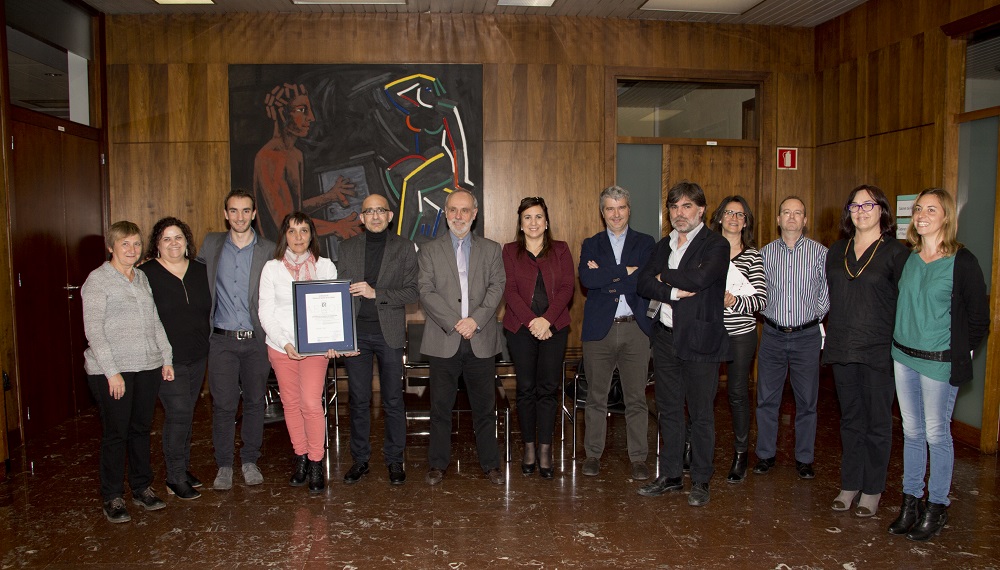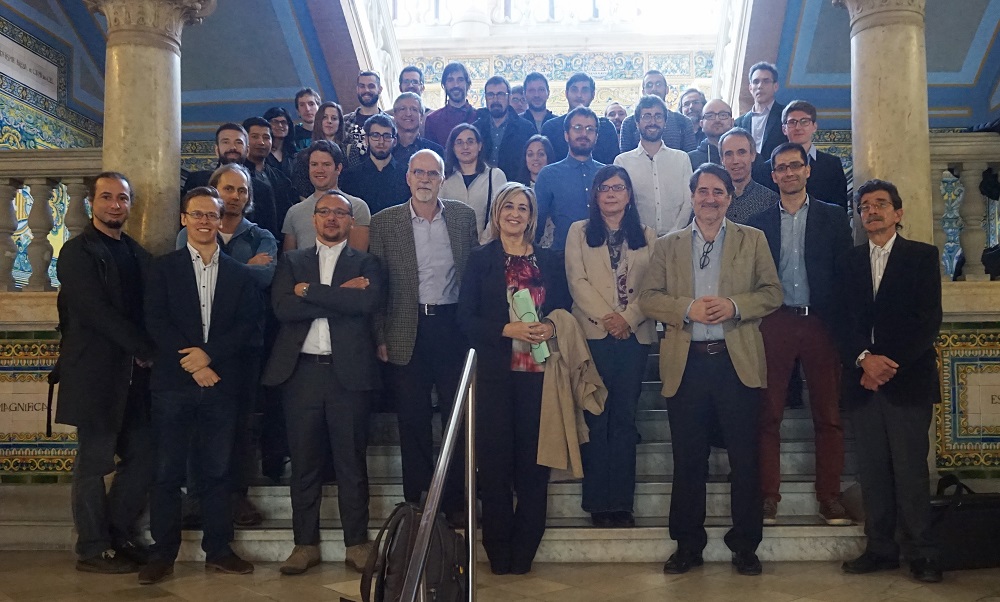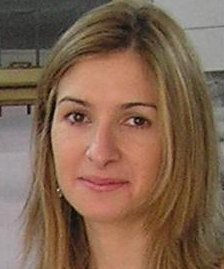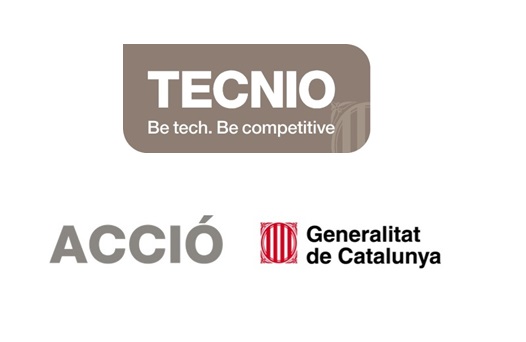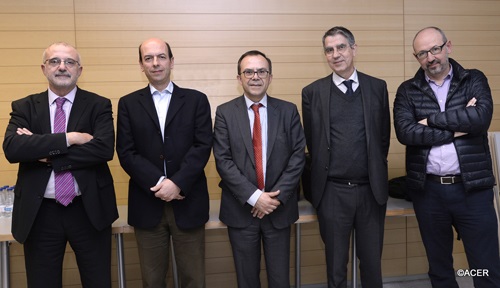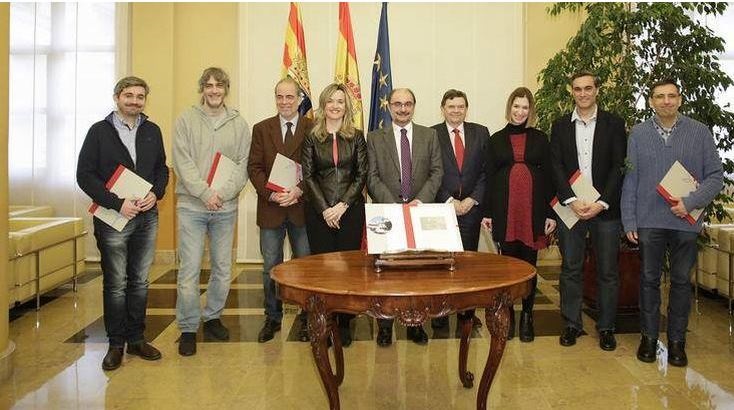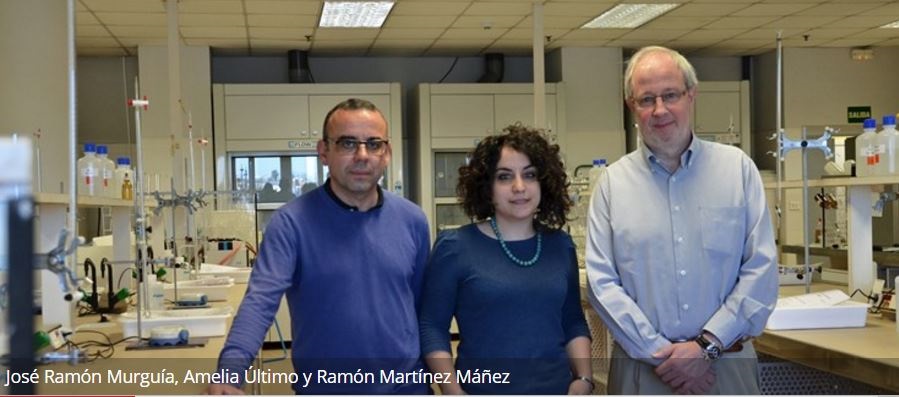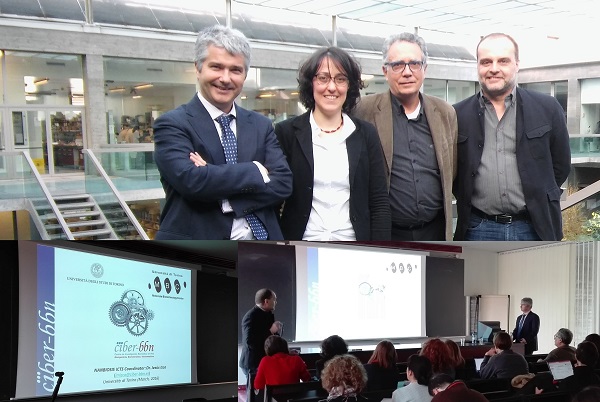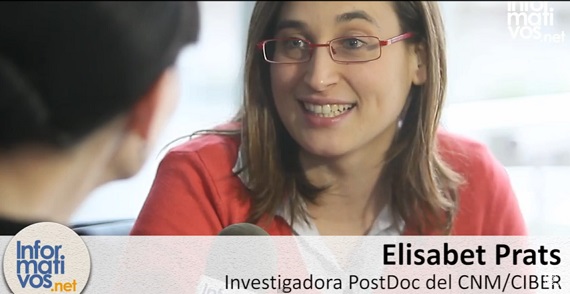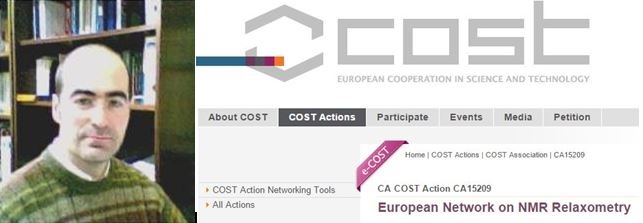Unit 1 of NANBIOSIS certified with ISO 9001: 2008
Unit 1 of NANBIOSIS, Production Platform Protein (PPP) at the Autonomous University of Barcelona, directed by Dra. Neus Ferrer and coordinated by Professor Antonio Villaverde, provides the service of production and purification of recombinant proteins in different systems expression, microbial and non-microbial. This service was audited last November, based on the UNE EN ISO 9001: 2008 AENOR, who has issued a favourable certification report.
The requirements of this standard cover all aspects of management. This certification will expand and consolidate the service that the Unit 1 of NANBIOSIS is giving to companies and public sector researchers and facilitate their integration in cooperative international projects.
AENOR is a Spanish company, renowned in national and international levels, in the development of standardization and certification activities. It was, in 1996 the first Spanish entity accredited by the National Accreditation Body (ENAC)
